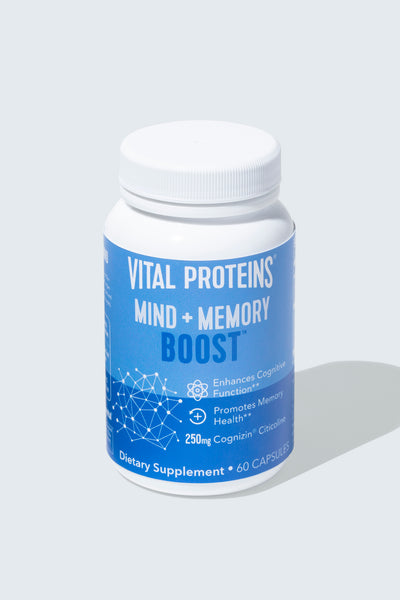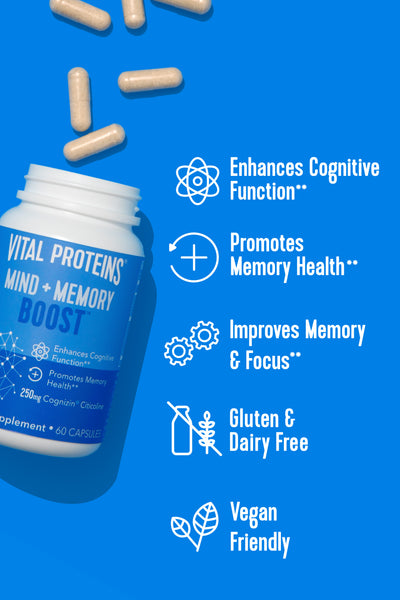Nike Master Trainer Max Artsis took time out of his busy schedule, which includes training Olympian Chloe Kim, to serve as Lively’s Guest Editor this month. Here, he writes about the importance of training your mind.
At first glance, you may look at a range of sports legends – Tom Brady, Serena Williams, and Cristiano Ronaldo, as examples – and spot the differences (sport, age, geography, race, etc.) among them. But what separates them pales in comparison to what unites them – their mind.
If I polled 100 people, the vast majority would be able to say they have done a physical workout of some sort. The vast majority would say they have taken classes to “practice their craft.” But how many do you think would answer “yes” if I asked whether or not they have done mental workouts? A handful, maybe less? Seeing as we are nothing without our mind, this is something that has to change because it is precisely that component that will set you apart.
Related Articles
Without getting too scientific, the two parts of the brain that are connected to memory and emotion are the amygdala and hippocampus. They're about the size of an almond and are located right next to each other in the frontal cortex of the brain. It makes sense that these two are located so closely, since we all know that our memories affect our emotions. We know that through visualizations and meditation, that part of the muscle can actually grow. But as of 2015, new studies have shown that these also directly lead to decision-making and can even affect our subconscious decision-making; therefore, our memory and emotions will create the actions that we carry out. Be careful – that self-talk you indulge in all day will ultimately become your reality.

Keep reading for my top 5 tips for training your brain like an elite athlete:
1. Visualize & Attack
Visualizations are one of the most powerful tools in your belt. Not only does it create intention for your actions and narrow your focus, but your body can actually chemically change based on visualizations. Off season? Visualize play by play. Injured? Visualize your body healing. Big presentation? Close your eyes and visualize it going perfectly.
2. Meditate
Mindfulness is a skill. In today’s world we have so many stimuli, it is easy to fry your brain. This is your opportunity to give back to that amazing computer in your skull. I like to use apps like Headspace and Calm. They are great for guided meditations that appeal to even the largest skeptics.
3. Monitor Your Self Talk
Self-talk is one of the most important aspects to your life. It shapes how you see the world. So, if you are taking in more information that is negative than it is positive, how do you think you will view the world? Practice positive self-talk.
4. Always Practice Gratitude
Practicing gratitude is one of the easiest ways to reframe your brain. When you are grateful for the things in your life, you will actively look for more things to be grateful about. Try writing down three things you’re grateful for every day and watch how your life changes. I have an alarm set for 7 P.M. every day to remind me of this.
5. Remember: Reaction Speed Wins
I am a major proponent of training spontaneity and quick reaction with all of my athletes, and even my execs. Decision-making cripples too many people. The ability to train yourself to make quick and confident decisions is paramount to success. An easy way to implement this into training is to take any exercise and have a workout partner give different cues to trigger your start and stop. Here’s an example: Instead of just a squat jump, have your partner clap, or yell a specific color, or remove touch, etc.
Many say, “I’ll believe it when I see it.” But me? “I’ll see it, only when I believe it.”















